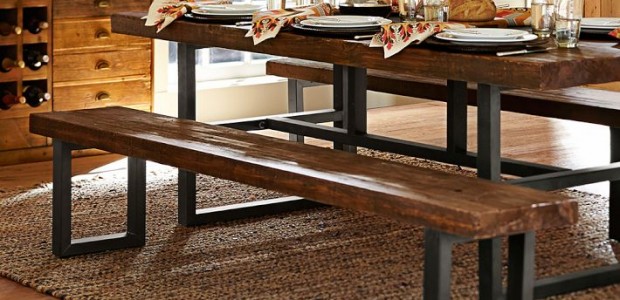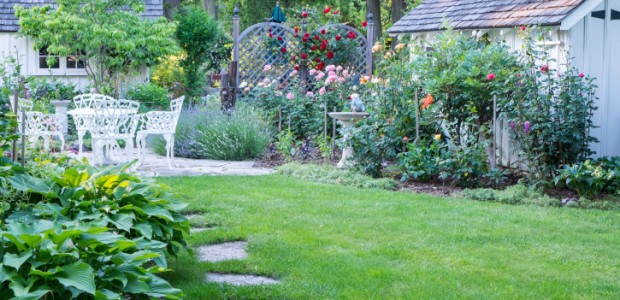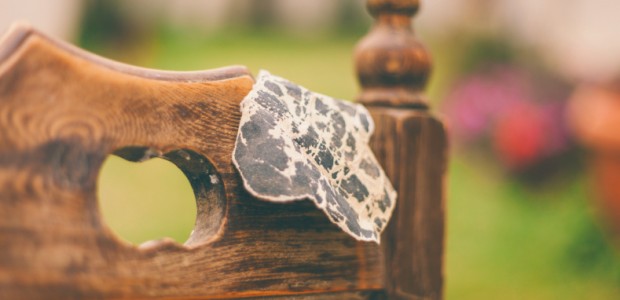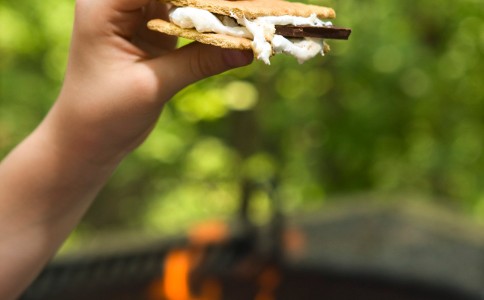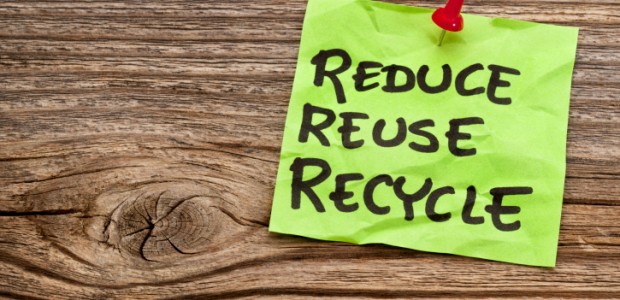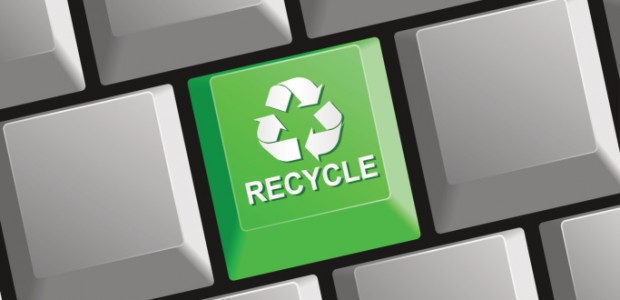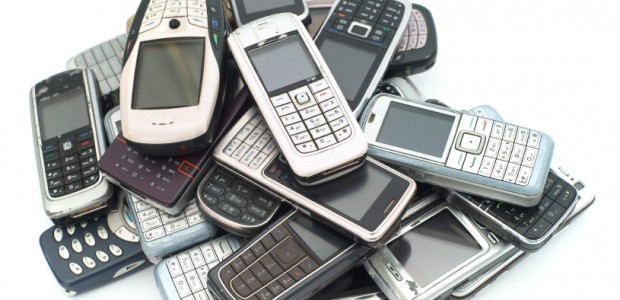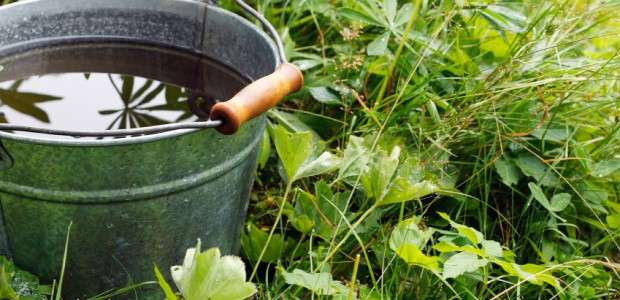
When we think of going green, we consider changing the light bulbs and appliances to more energy efficient alternatives. But have you ever considered making your home office more Eco-friendly?
Think about all the paper you consume when printing or the ink cartridges you use up and then dump. Not to mention the fact that the electrical consumption is as draining to the world’s power reserves as Edward was to Bella’s blood supply on Twilight. But there are a couple of things you can do to turn your home office into an eco-home/office.
If your home/office uses a lot of gadgets and gizmos like desktops, printers, tablets, scanners, radios, CD players, etc., you will benefit greatly from using one of those power strips that plugs everything in. That way, when you are done for the day, you can simply press one button to power everything down. This is great, especially if you are someone like me who forgets to shut down your laptop or desktop.
While we are on the subject of desktops and laptops, let us talk about which of these consumes less energy. The answer should be obvious, a laptop. These portable computers allow you to work with battery power and provide you with mobility that a desktop never could. Plus, it uses only 1/8th the power of a desktop. So consider replacing that big old desktop computer with a laptop.
If you insist on sticking with a desktop, replace those bulky monitors that look like 1970s TV screens. Flat screen monitors consume a lot less energy and they do not strain your eyes as much. Plus they hang on the wall easier.
Conserving paper is the best way to save trees. If you’re a writer like me, you go through revision after revision. You probably make hundreds of print-outs and you end up finding a mistake and end up having to print-out a rough copy again and again and again. Unless you are sure that the letter or novel you are printing is the final draft, consider using the back of the paper you have already printed on.
While we are on the subject of reusing things, let us talk about batteries and ink cartridges. You can buy rechargeable batteries with a recharging station. As for the ink cartridges, you can get a do-it-yourself kit to inject the ink back into an empty cartridge or you can take it to a computer store and have them refill it for you at a discount of the price it would take to buy a new ink cartridge.
Do not be afraid to recycle the things that simply cannot be salvaged. You can go on-line and find places where you can drop off used paper to be recycled. You can even take your laptop batteries, printer toners and ink cartridges to business centers and have them dispose and recycle these safely so they don’t harm the environment.
You can also use cardboard boxes from things you have ordered on-line to make do-it-yourself shelves for your office.
Be green and keep your office clean.
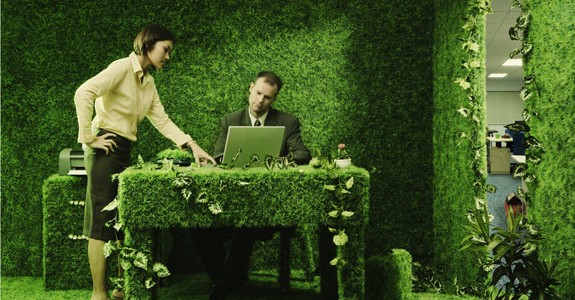
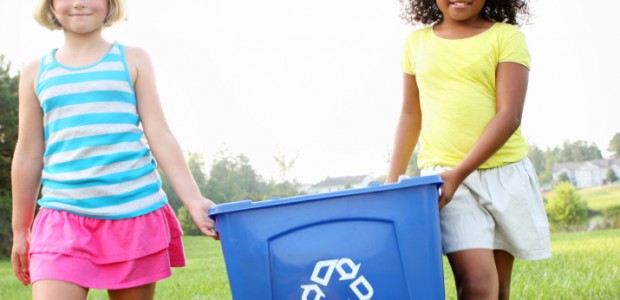
 5. Come up with fun incentives. Some of the family members at first will not be accustomed to recycling. This goes for adults and children. A nice game is to have a chart by the recycling area. Make a list of every recyclable item you normally recycle. Put the family member’s name. For every item they recycle, they must mark it on the board. Whoever has the most points at the end of the week gets a special prize. If this seems like too much of a hassle, you can simply explain to them why the main incentive is to help the earth. It depends on every child, since not every one of them will respond the same way.
5. Come up with fun incentives. Some of the family members at first will not be accustomed to recycling. This goes for adults and children. A nice game is to have a chart by the recycling area. Make a list of every recyclable item you normally recycle. Put the family member’s name. For every item they recycle, they must mark it on the board. Whoever has the most points at the end of the week gets a special prize. If this seems like too much of a hassle, you can simply explain to them why the main incentive is to help the earth. It depends on every child, since not every one of them will respond the same way.